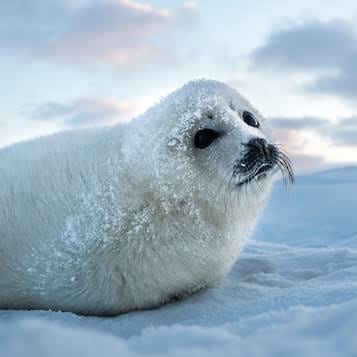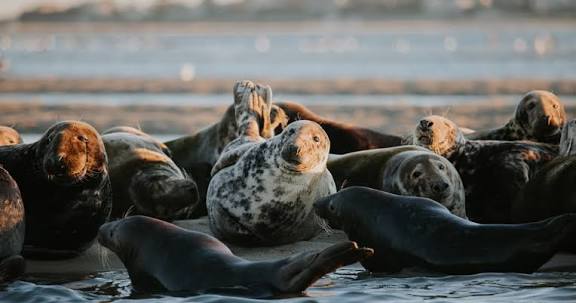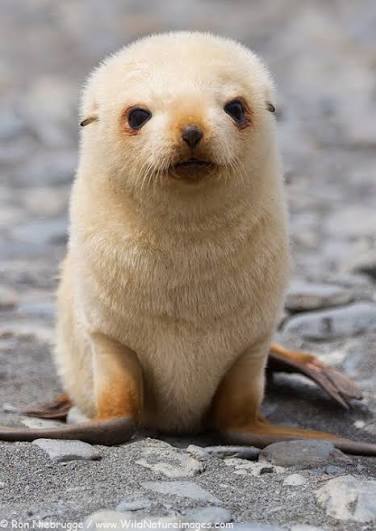High in the Arctic, a lone seal rests on a block of ice. The cold sea surrounds it, and the frozen landscape blends with its smooth, gray body. This picture shows how closely seals are connected to their icy home.

Seals live most of their lives in the water, but they still need ice to survive. The ice gives them a place to rest, raise their young, and escape from hungry predators such as orcas and polar bears. After long dives in the freezing ocean, seals return to the ice to breathe and gather strength.
But this peaceful home is under threat. As climate change melts the ice, seals are losing the safe platforms they depend on. Without ice, their lives become harder, and the balance of the Arctic environment begins to break.

Seals are also an important part of the food chain. They eat fish and, in turn, feed larger predators. Their presence shows how healthy the Arctic seas are. By protecting the ice, we protect seals and many other animals that share these frozen water

